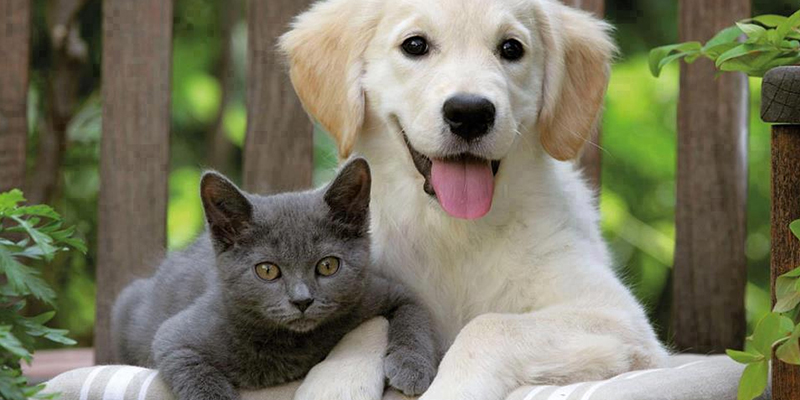Effective Strategies for Indoor and Outdoor Toilet Training for Dogs and Cats
Introduction: When it comes to adopting our canine and feline companions, one of the primary concerns is how to address their toilet needs. It’s crucial to understand that dogs, especially puppies, don’t grasp toilet training instantly. This necessitates your active involvement in their training. Initiating toilet training from the day your dog enters your home can significantly reduce the chances of accidents throughout your living space.
- Indoor Toilet Training for Dogs:
1.1 Age Factor in Indoor Toilet Training: Young puppies adapt quickly to their surroundings, but they may reflect behaviors from their previous environment. Since puppies may not be accustomed to commands, the initial step is teaching them basic commands.
1.2 Preparation of the Designated Toilet Area: Terraces, balconies, or designated toilet areas are commonly used within homes. Introducing your dog to this area on the first day can help avoid accidents. If your dog exhibits urinary behavior to mark its territory, patiently wait during toilet time and reward them afterward.
Placing newspaper, dog litter, or training pads in the designated area establishes boundaries. Associating the scent with the location helps the dog understand where to return for subsequent toilet needs.
1.3 Maintaining Cleanliness Beyond the Toilet Area: Dogs have highly sensitive olfactory senses, so maintaining cleanliness in other areas of the house is vital. Keeping doors to your personal spaces closed and securing trash bins helps prevent undesirable behavior. Consistent hygiene measures create a clean and odor-free environment, aiding the dog’s adaptation to the designated toilet area.
1.4 Observation and Consistency: Observing your dog’s habits, especially after meals and drinking water, helps anticipate toilet needs. Accompanying your dog to the toilet area and reinforcing positive behavior ensures successful training. Adjust your approach based on their reactions to create a healthy and supportive environment.
- Outdoor Toilet Training for Dogs:
For dogs to develop outdoor toilet habits, specific considerations should be taken into account.
2.1 Timing and Consistency: After your dog consumes its meal, it typically needs to relieve itself within 10 minutes. Observing and accompanying your dog to a predetermined outdoor toilet area fosters routine and consistency.
2.2 Unleashing and Space Allocation: Allow your dog freedom by loosening the leash or extending the leash during outdoor toilet breaks. Allocating a specific area for this purpose helps your dog associate the spot with its toilet needs.
2.3 Establishing Routine: Creating a regular schedule for toilet breaks, such as morning and evening, aligns with a dog’s natural inclination for structure. Consistency in the timing of toilet breaks contributes to a successful outdoor training routine.
- Toilet Training for Cats:
Toilet training for cats requires attention to specific nuances.
3.1 Cleanliness of Litter Box: Cats are clean animals, and maintaining a tidy litter box is crucial for their acceptance. Daily cleaning and choosing the right litter type contribute to their comfort.
3.2 Choosing the Right Location: Separating the cat’s eating and toilet areas, ensuring a quiet and secure environment, helps in successful toilet training.
Conclusion: Understanding the unique needs of your pets and implementing effective and consistent training strategies are key to successful toilet training. Positive reinforcement, observation, and creating a conducive environment contribute to the well-being and happiness of your furry friends.










